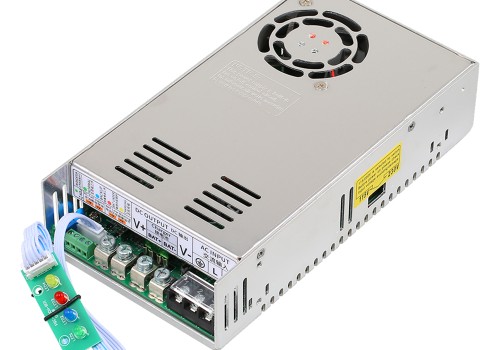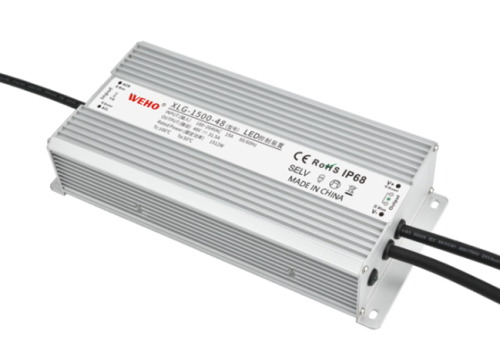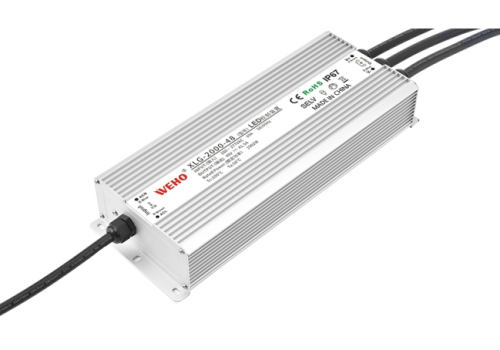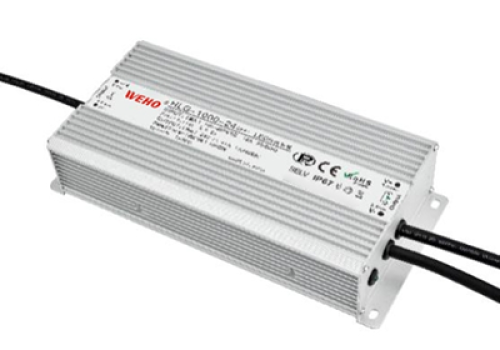Choosing the right high voltage power supply is more than a matter of size. Whether you’re developing a portable device or powering an industrial system, the decision between a miniature high voltage power supply and a standard size high voltage switching power supply can affect your system’s performance, efficiency, and safety.
In this article, we break down the 8 key differences between miniature and standard size designs to help you determine which is better suited for your application.
Learn More: Top 5 Applications of High Power Switching Power Supplies
Miniature vs Standard Size High Voltage SMPS: 8 Key Differences
| Aspect | Miniature High Voltage SMPS | Standard Size High Voltage SMPS |
|---|---|---|
| Size and Weight | Compact and lightweight for tight spaces | Larger and heavier, suitable for fixed installations |
| Power Output Range | A few watts to tens of watts | Hundreds to thousands of watts |
| Cooling Method | Passive cooling, limited heat dissipation | Active cooling (fan or liquid), better thermal control |
| Efficiency | Optimized for light loads, lower efficiency at full load | High efficiency across full load range |
| Applications | Handheld devices, medical probes, embedded systems | Industrial equipment, X-ray, semiconductor, research labs |
| Cost and Manufacturing | Higher cost per watt, compact system integration | Lower cost per watt, higher install space requirement |
| Functional Features | Basic regulation, limited interfaces | Advanced controls, digital communication, full protections |
| Environmental Stability | Sensitive to EMI and layout, suited for clean environments | Strong EMI immunity, stable in harsh or noisy conditions |
Size and Weight
Miniature high voltage power supplies are designed for environments where space and weight are critical. Their compact form makes them ideal for handheld instruments, embedded modules, and UAVs. In contrast, standard size units are physically larger and heavier, requiring more room for installation, but they typically offer better mechanical durability and housing options.
Power Output Range
Miniature power supplies are often limited to low or mid-power applications, typically ranging from a few watts up to tens of watts. These are sufficient for tasks like powering sensors or low-current diagnostic tools. Standard size high voltage SMPS units, on the other hand, can deliver hundreds or even thousands of watts, making them ideal for powering industrial lasers, X-ray machines, and scientific test platforms.
Cooling Method
Due to their small size, miniature supplies usually rely on passive cooling. This limits their ability to dissipate heat under sustained heavy loads. They’re best suited for intermittent or low-duty-cycle applications. Standard size power supplies often feature active cooling, such as fans or liquid cooling systems, which allow for continuous high-power operation with better thermal stability.
Efficiency Characteristics
Miniature power supplies are typically optimized for light load conditions. Their peak efficiency may not hold at higher output levels. In contrast, standard high voltage switching power supplies are engineered to deliver high efficiency across the full load range, making them ideal for systems that run 24/7 or operate under heavy stress.
Application Scenarios
Miniature designs are perfect for space-constrained applications like laser rangefinders, medical probes, or compact measurement equipment. Standard size power supplies are commonly used in industrial automation, medical imaging, high-voltage research setups, and semiconductor manufacturing—scenarios where power, stability, and long-term reliability are essential.
Cost and Manufacturing
Because of their miniaturization and higher design complexity, miniature power supplies often have a higher cost per watt. However, they can reduce system-level costs by saving board space or removing the need for bulky enclosures. Standard size units usually offer a lower cost per watt and benefit from economies of scale in high-volume production, though installation costs may be higher due to larger dimensions.
Functional Features
Miniature units often provide only basic voltage regulation and may lack digital communication options. In contrast, standard units commonly include advanced features such as programmable outputs, digital interfaces like RS485 or CAN, and built-in protections including overvoltage, overcurrent, and thermal shutdown. These features make standard supplies more suitable for complex or networked systems.
Environmental Stability
Standard size high voltage power supplies tend to be more robust in harsh environments. They offer better electromagnetic shielding, thermal dissipation, and mechanical resistance. Miniature supplies, while efficient in clean environments, can be more sensitive to EMI, thermal drift, or layout interference, and therefore require more careful system integration.
Conclusion
The choice between a miniature high voltage power supply and a standard size high voltage SMPS comes down to your specific application needs. Miniature designs offer flexibility and space-saving advantages for compact systems, while standard supplies provide superior performance, advanced features, and reliability for high-demand, continuous-operation scenarios.
Understanding these 8 key differences will help you make a more informed decision, ensuring your power system is not only functional, but also efficient, safe, and future-proof.










